Spectra is an open source biomedical imaging system that is both safe and easy to use. It allows hackers and scientists to experiment with one of the technologies used in medical imaging — electrical impedance tomography (EIT). For the first time, anyone who wants to explore the fascinating world of medical physics can do so from their own home, without a multimillion dollar CATSCAN.
Would you like to see imagery of your own lungs? Use impedance cardiography to monitor heart activity? Measure the dielectric spectrum of a bone, a tumor, or a strawberry? Are you interested in gesture-based user interfaces? Consider what you would do if you could easily and safely experiment with, and contribute to, the science of biomedical imaging. And what we could all do if there existed a Commons for health care technology.
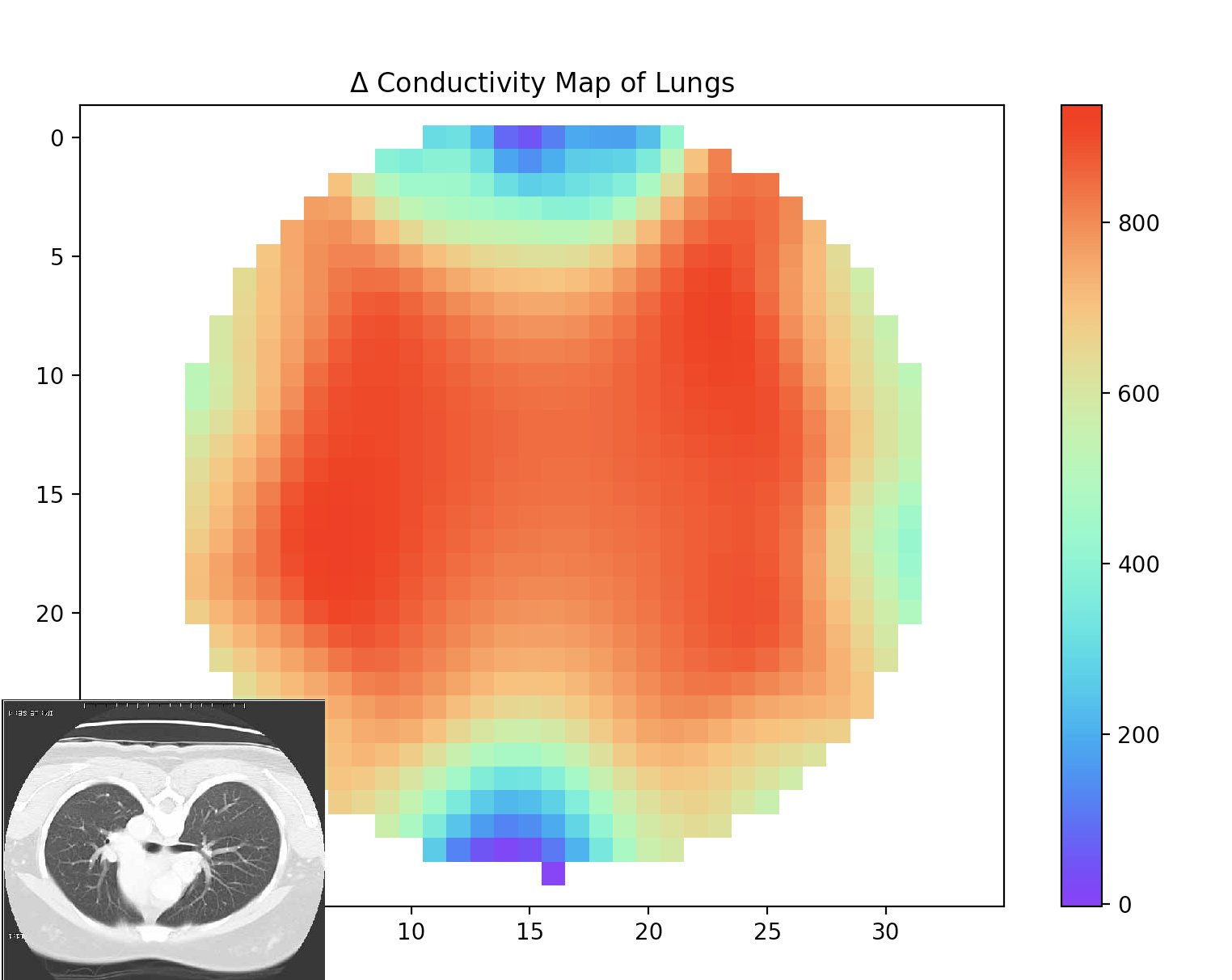
Electrical impedance tomography (EIT) is a non-invasive type of medical imaging in which the electrical conductivity, permittivity, and impedance of a part of the body is inferred from surface electrode measurements by sending small AC currents through a conductive body. This impedance information is then used to create an image reconstruction using techniques similar to a CATSCAN. By running multiple frequencies through the body cross-section of interest, you can obtain further information on dielectric spectrums of individual materials located between the electrodes.
This multi-dimensional data is perfect for machine learning to delve into and make EIT and even more powerful tool for transforming human health!
Spectra measures the impedance through a sample at multiple angles (or projections) around the sample. For any given angle, the projection is a line of brighter and darker impedance measures depending on how much attenuation blocks that part of the AC current path. Sometimes, people talk about sinograms, which are simply a display of all of the different projections for a given slice of time stacked together. The resulting image is a blurry version of the correct image.
CATSCANs are amazing, but their reliance on ionizing radiation has made them the number one source of radiation in the United States and contributes to the risk of cancer among patients. Spectra is a very low-current device. As such, it is safe enough to use for continuous monitoring and preventative health. Because it does no harm, it is also a great device with which to explore and learn!
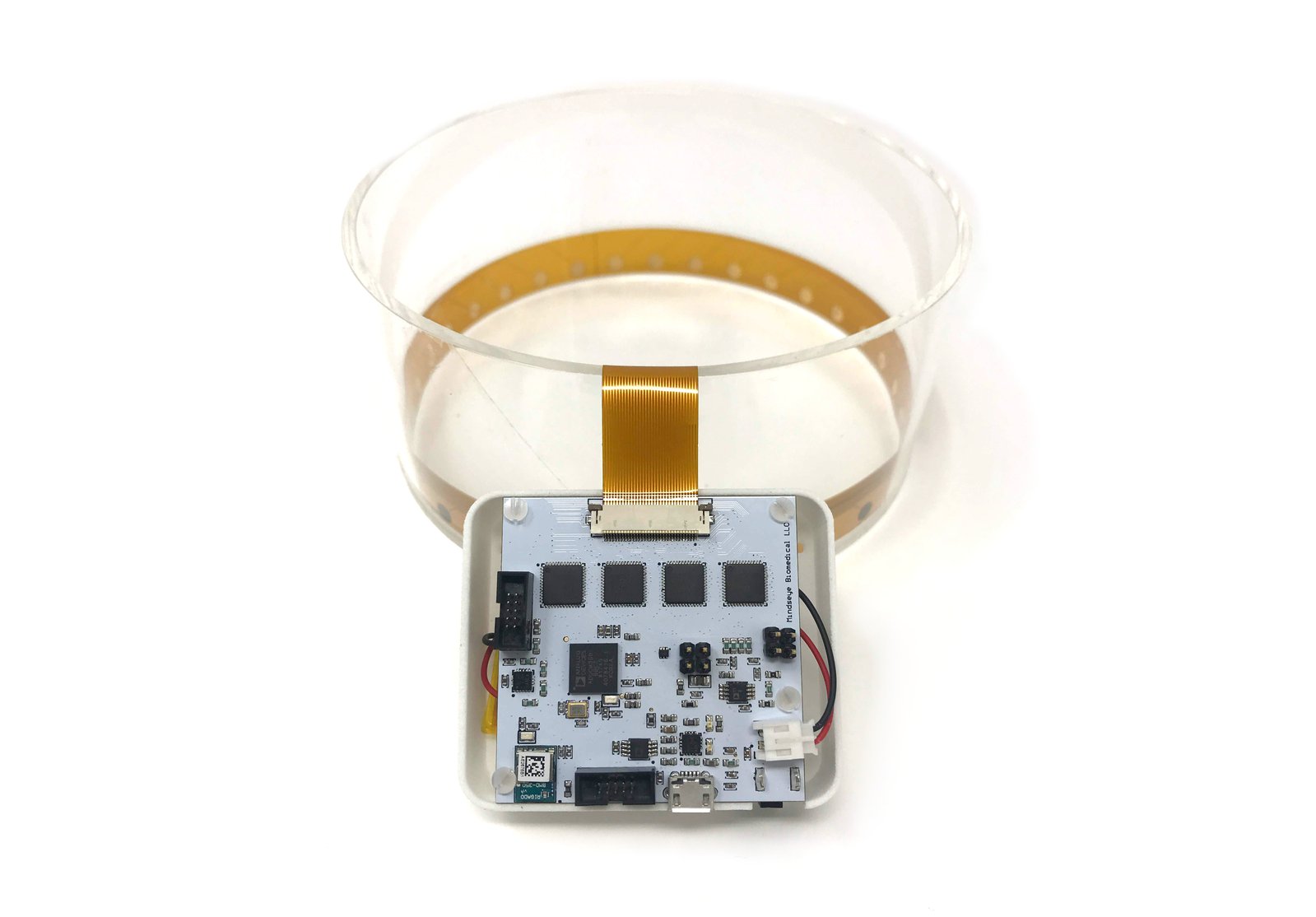
Historically, medical imaging equipment has been inaccessible, expensive, difficult to use, and even more difficult to improve. The world would be a healthier place if we could experiment with these technologies and contribute to their development. Unfortunately, there just hasn’t been much there to hack on! Spectra is my attempt to change that.
If you had access to an imaging device that was more portable and less expensive – one that operated according to the same principles but was small enough to fit on your desk and safe enough to use there – would you consider that technology worth exploring? Worth improving?
Imaging is a significant contributor to the cost of health care. Unfortunately, the incentives aren’t there to drive costs down, or fund experimentation. It’s an area ripe for technological improvement, so let’s make inexpensive imaging technology available to more people and get moving! Spectra is open source in order to have greater societal impact by inspiring people to enter the fascinating world of medical physics. Imagine what kind of impact something like the Raspberry Pi ecosystem would have on medical imaging.
We progress more quickly when we share information. Accordingly, we would like to get Spectra into as many hands as possible so we can work together – both to improve the core product and to develop new applications. By moving toward open business models that encourage health care innovation, rather than stifling it, we can help more people live longer, healthier lives.
Whether you’re a hacker, an academic, or a curious medical technician, your Spectra will arrive ready to go. When it does, you will be just one double-click away from beginning your exploration of at-home bio-impedance spectroscopy, electrical impedance tomography, and image reconstruction.
Though it is only two inches square, Spectra’s Electrical Impedance Tomography system is packed with professional grade features. It will arrive configured to image whatever you place inside a cylindrical glass tank called a ‘phantom’. If you need to image something larger, you can disconnect Spectra from the phantom, connect up to 32 of the included electrodes and attach those electrodes to a conductive body.
| A. 32 addressable electrodes | G. micro USB port (charging and UART) |
| B. ADG732BCPZ precision multiplexers | H. Rigado BMD-350-A-R BLE module |
| C. IEC safety enable/disable | I. ADUCM350 high-precision impedance metering SoC |
| D. Bioimpedance spectroscopy connectors | J. LIS3DH accelerometer for motion mitigation |
| E. Battery charging circuitry | K. SWD programming header |
| F. On/off switch |
Below are a few possible applications of Spectra. Some of them will be addressed in project updates, so please subscribe if you are interested!
This might include bone, muscle, fat, fluid, a tumor, or air that you have inhaled, to name just a few examples. By running multifrequency EIT to get a spectrum at every pixel, you can monitor your body fat percentage, check for signs of pulmonary edema (fluid in the lungs), or watch as a particular organ – such as your bladder or your stomach – changes over time.
With time series measurements, you can observe things like the expansion and contraction of your lungs.
You can attach your Spectra to other conductive items, as well. By imaging a piece of fruit, for example, you can determine whether or not it is ripe!
| Spectra (EIT) | CATSCAN | MRI | Ultrasound | EEG | |
|---|---|---|---|---|---|
| Cost | Cheap | $2.5M | $3M | $115K | $40K for BioSemi Medical Grade System |
| Open Source? | YES | NO | NO | NO | NO (except OpenBCI) |
| Spatial Resolution | Proportional to electrode spacing | 1-2 mm | Mode 1: 0.5 mm^2, Mode 2: 1-2 mm | Low, grainy due to scattering | Very Low |
| Contrast Resolution | Full dielectric spectrums available | Low (X-rays are not attenuated by soft tissue) | High | Medium - good with soft tissue difference | N/A |
| Time Resolution | Best research at 2 ms | 270 ms | Mode 1: 4 min 16 sec, Mode 2: 40 ms | Good up to 100 Hz but can't be used continuously | High |
| Health Risk | None | High, ionizing radiation, not suitable for babies/children, increases risk of cancer in adults | None known | Low - heating of tissue | None |
| Size and Maintenance | Very Low | HIGH | Big! Need a helium quenching chamber | Low | Low |
The main board for Spectra is on its third and final revision, and has already been delivered to some customers. The main boards are manufactured by PCBWay. We consider this core aspect of our design to be production-ready.
The plastic enclosure will be manufactured in southern China. We’ve manufactured several consumer electronics devices prior to this one, and we have good relationships with many qualified manufacturers.
We will determine the composition of the final supply chain based upon the volume of orders generated by the campaign. We have designed or selected sub-components that have multiple options for fulfillment, which gives us the flexibility to respond efficiently regardless of that volume.
This is a complex device. Although it comes with a simple installer and can perform all functions in realtime, not all of Spectra’s potential uses will be supported when it ships, and not all bugs will be completely addressed for all operating systems. We expect to iron out the remaining issues as our community of developers grows and as more people contribute to the code base. We’d love your help!
Be gentle with your Spectra! Avoid spilling liquids on the enclosure that contains the PCB itself, as it was not designed to be waterproof. Nor has it gone through drop testing, so please do not throw it or drop it from a significant height. Follow general electrical safety guidelines when using your Spectra. All usage is at the buyers own risk. Finally, this is an experimental device and is not intended for medical diagnosis.
All Spectra documentation is hosted at https://openeit.github.io/.
"[Jean Rintoul] has been working on a low-cost way to image the inside of a human body using nothing more than a few electrodes. It can be done cheaply and easily, and it’s one of the most innovative ways of bringing medical imaging to the masses."
"I love how Jean is modelling the body as a circuit!"
"It's amazing what you can visualize using impedance measurements and some AC waveforms! @jeantoul is doing awesome work! Hope others take a listen as well, the biomedical field is ripe for innovation."
Produced by Mindseye Biomedical in San Francisco, California.
Sold and shipped by Crowd Supply.
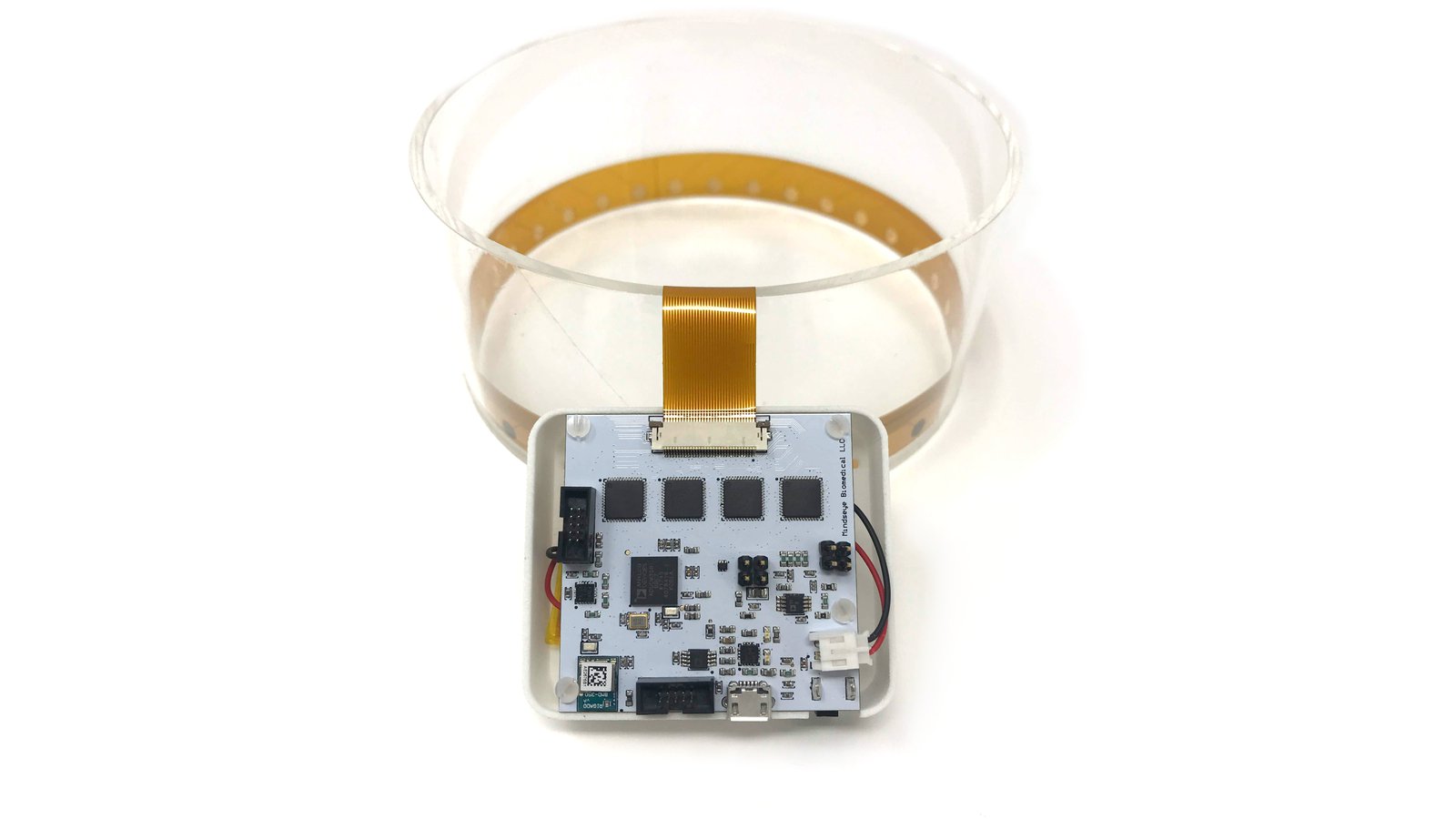
This kit has everything you need to get started experimenting with biomedical imaging, including a small tank phantom, 32-channel flex electrode array, USB cable, and fully assembled, flashed, and tested Spectra board that works with easy-to-install open source host software.
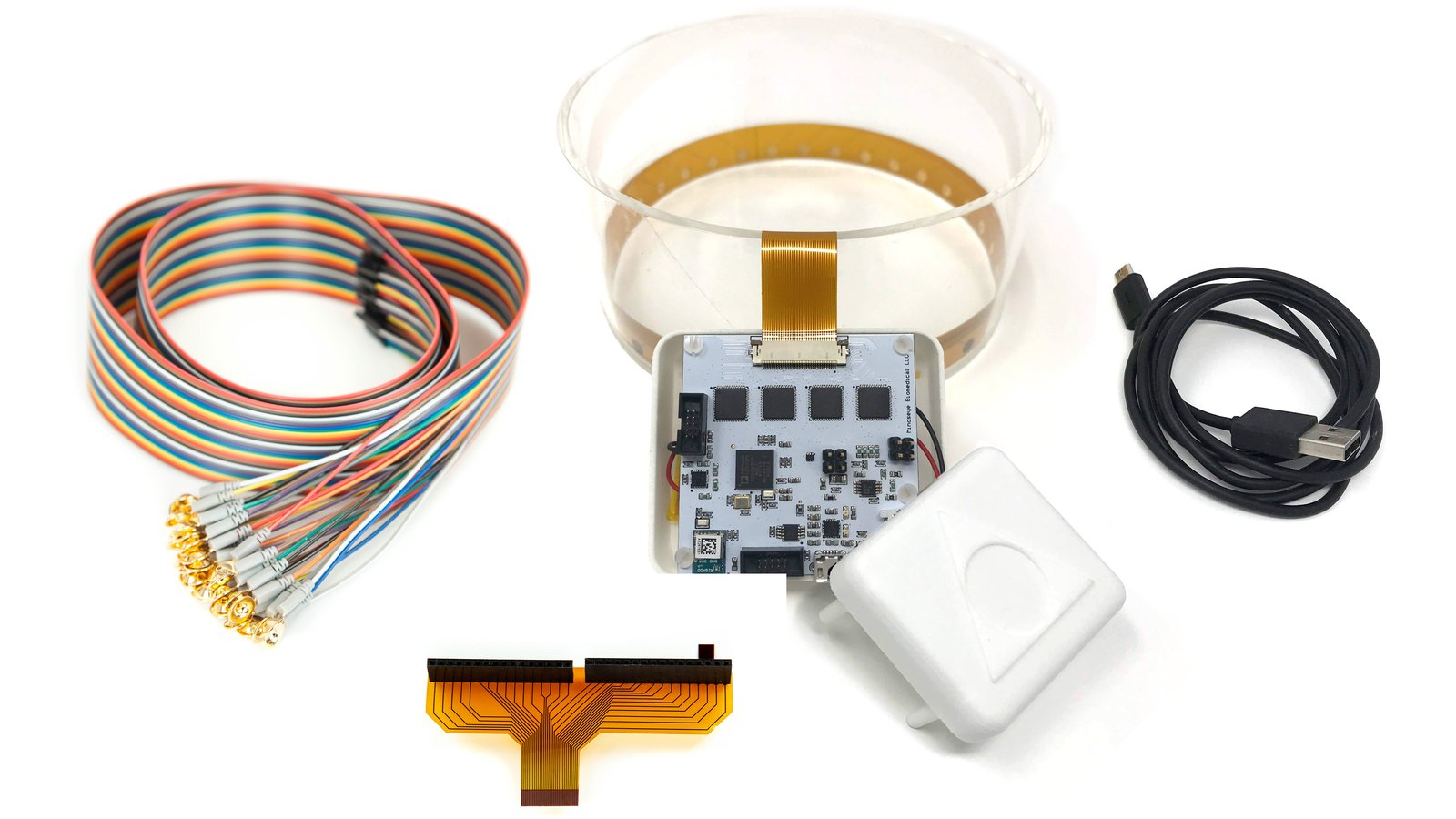
The whole deal, ready to go. You get everything in the Spectra Starter Kit, plus a custom portable enclosure, an electrode expansion adapter, and a 32-channel, gold-plated electrode cable for performing EIT scans on almost anything, anywhere!
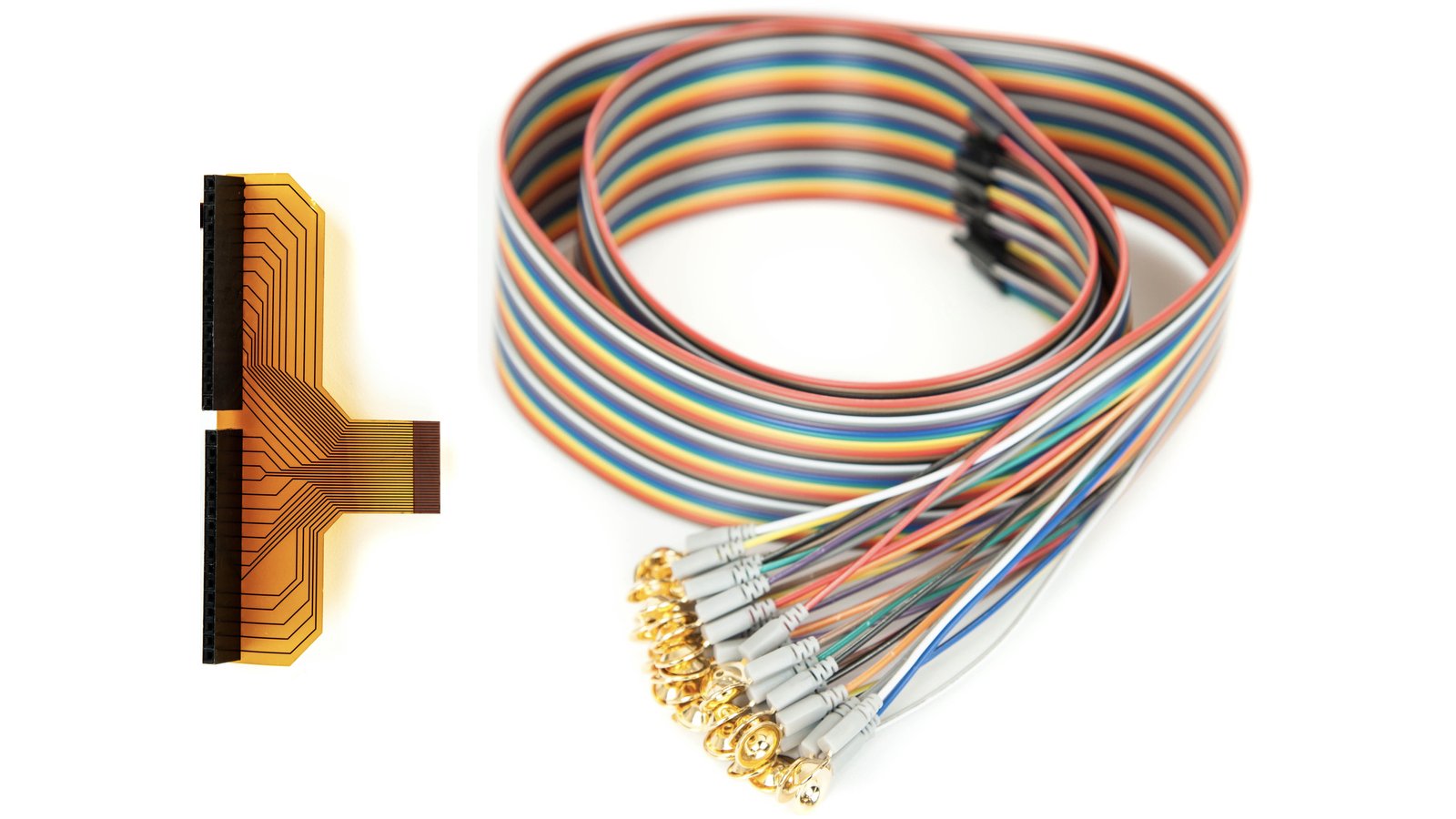
This kit includes an electrode expansion adapter and a 32-channel, gold-plated electrode cable (the same as those included in the Spectra Deluxe Kit). The expansion adapter lets you patch out to a standard 0.1" header so you can connect it anyway you want to anything you want. The 32-electrode cable allows you to stick the device on a variety of conductive objects of different sizes as each electrode is independent, gold-plated, and protected by an insulated injection molded cover. The expansion kit gives you the flexibility you need for nearly any experiment.
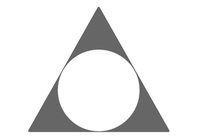
San Francisco, California · mindseyebiomedical.com
Mindseye Biomedical creates new tools in non-invasive biomedical imaging and neuroscience and offers engineering consulting services. Working toward the democratization of biomedical imaging through an open source ideology.